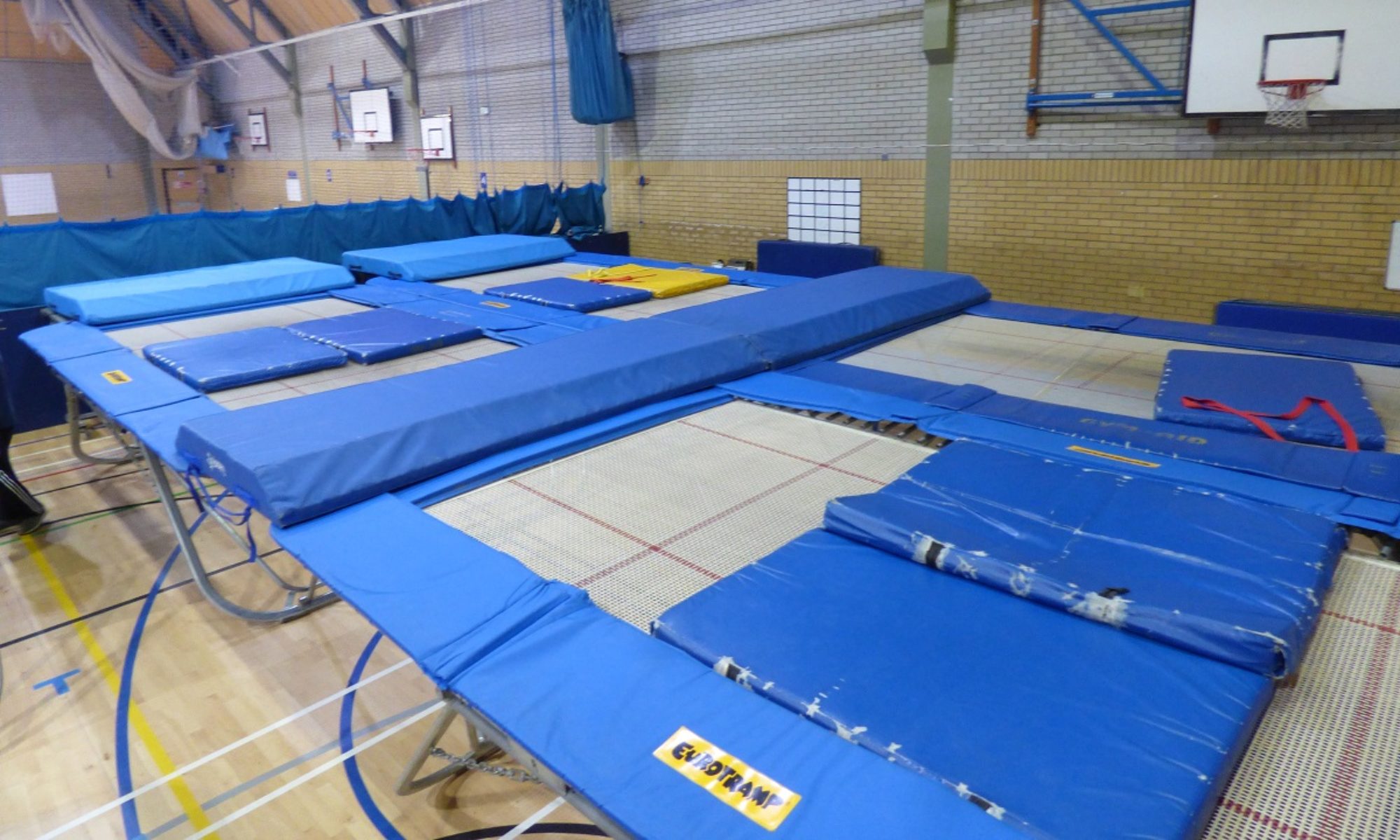Trampoline Safety

Providing participants follow safety guidelines and obey coaches instructions, Trampolining is not inherently a dangerous sport. Members might be concerned by American accident statistics that suggest a high accident rate associated with trampolines; the vast majority of these appear to occur on unsupervised ‘back-yard’ trampolines by those who have had no formal coaching or safety supervision. BG issued a guidance document on use of garden trampolines in June 2009 which you can read below. Their strongest recommendation is to ensure that before considering buying one, get some proper training in how to trampoline!
Guidelines in Summary
The club’s coaches will do everything they reasonably can to ensure a safe environment but it is also down to the members, and in some cases their parents, to play their part. The following spring to mind immediately, gymnasts (or, where appropriate, their parents)…

http://urbanlegends.about.com/b/a/149168.htm
- should always dress appropriately; see our dress code;
- ought always inform the coach of any medical condition or medication which might affect performance;
- must let the coach know of any accident in the last six months which resulted in unconsciousness from a blow to the head;
- should never attempt to unfold/fold the trampoline;
- must always pay attention to the instructions of any coach;
- should never use the trampoline unless the coach is present and has given permission for specific skills;
- must mount and dismount trampolines as instructed – no jumping off or between trampolines;
- ought never mount a trampoline that has a gymnast already on it unless expressly told otherwise;
- should warm up properly and as instructed from time-to-time before trying new or advanced moves;
- must never go or swing under the trampoline or end decks, including mats between trampolines;
- ought never get involved in ‘Tests of Daring’ with others who may be far more capable.
- should take short turns (1 to 2 mins) to avoid fatigue unless expressly told otherwise;
- when spotting, must always pay attention to the person on the trampoline;
- they must always pay attention to the instructions of any coach;
- should not bring food and drink near the trampolining area;
- ought to remain by the side of the trampoline unless permission is be granted by the coach;
- should not shout or talk across the trampoline to anybody, especially coaches, as it distracts and may cause accidents;
- ought to only attempt those moves for which instruction has been given and to the extent advised (i.e. when learning new moves they should not be attempted unless specifically advised to do so by the coach);
- must always pay attention to the instructions of any coach;
- should stand attentively at the side of the trampoline watching the person on the trampoline whilst not bouncing themselves unless expressly given permission to do otherwise;
- if in doubt should ASK the coach;
- must always pay attention to the instructions of any coach;
- and last but not least – they must enjoy themselves, smile a lot, and help each other to do so as well at all times!
BG Guidance on Garden Trampolines
 Loading…
Loading…
More information is also available in the British Gymnastics Trampoline Code of Practice.
Homer Simpson
An amusing take on this serious subject using Homer Simpson as a less than ideal example of a safety conscious trampolinist:
Further Reference
A couple of interesting articles on the subject are available on the Internet – try:

